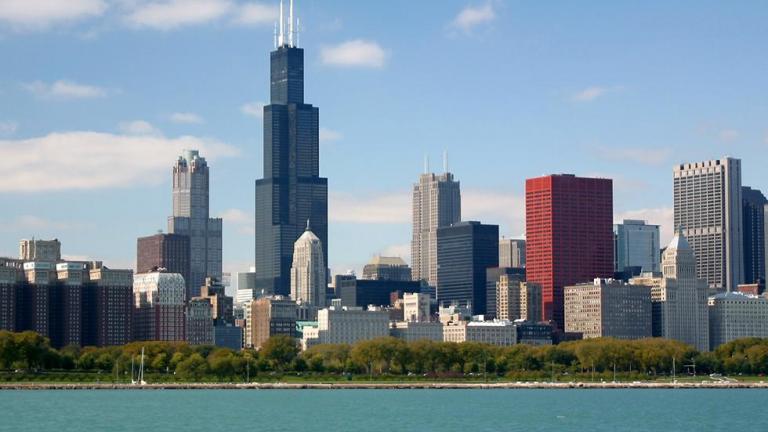As electronics retailer RadioShack files for bankruptcy protection and stores like Sears and JCPenney look for ways to revamp their image, we discuss the challenges for major retailers with Crain’s Chicago Business retail reporter Brigid Sweeney.

RadioShack is just one of many legacy retailers trying to survive as consumers change the way they shop. Crain’s reporter Brigid Sweeney says electronics department store Best Buy is dealing with similar pressures in the age of buying online. But while customers might still come in to Best Buy to purchase a TV, RadioShack’s “electronics convenience store” concept likely no longer matches the needs of people more likely to buy their HDMI cables and batteries on Amazon.
“The playing field has changed dramatically, and well-known companies are struggling for survival,” Sweeney said. “Retail has always been a brutal business, and in the past few years it’s gotten to where companies have to compete on price, reinvent themselves, and catch the attention of new consumers.”
Among the companies trying to reinvent is Hoffman Estates-based Sears, which has lost a major chunk of its once-thriving appliance business and has been working to improve its image and boost online sales. Sweeney says while Sears’ efforts have received accolades from within the retail industry, customers may still think of it as a dinosaur.
“It’s hard to change customers’ minds,” Sweeney said. “It’s easy to lose [their trust], and to try to regain that is a huge struggle.”
Sweeney also says teen-focused retailers like Wet Seal and Abercrombie & Fitch are all struggling, despite having major traction 10 or 15 years ago. Much of the change in how consumers are shopping is (or will be) reflected in the way physical stores are changing.
“We’re still going to have brick and mortar stores 10 or 20 years from now. They’re going to look different, they’ll be smaller and have less selection, but they’ll still be there as showrooms to test and try things.”








